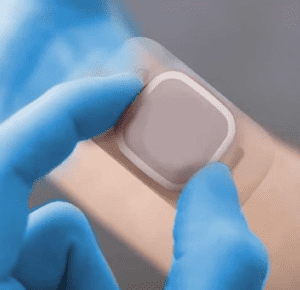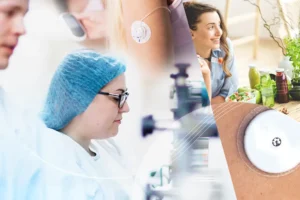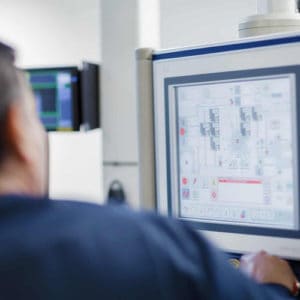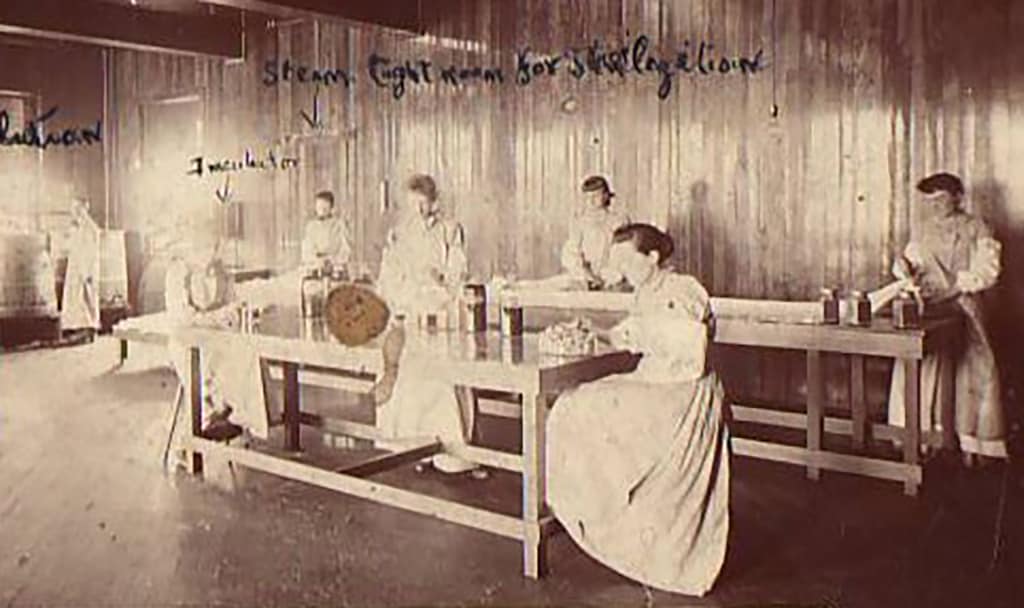Before you begin your journey to finding your perfect manufacturing partner, it can be helpful to know the collective history they all share. Medical manufacturing, as we know it today, was created in the early 1900s. While there was certainly manufacturing done for some of the more nightmarish devices of earlier eras (used for such old-timey procedures like ‘bloodletting’), once the germ theory of medicine firmly took hold and the assembly line was invented by Henry Ford, the two were married, and medical innovations became quicker, easier, and cheaper to produce.
The 1930s became a landmark decade for medical manufacturing. Of all the lessons learned during the Great War, one of the most potent was that just as many, if not more, soldiers were killed by disease, malnutrition, and infection as were killed by the bullets, shells, and barbed wire. The aftermath of the war was even worse as the final stages of the conflict allowed for the perfect breeding ground for the era-defining pandemic: the Spanish Flu. As a result of the health failures a generation before, the ramp-up to the Second World War was done without taking chances: the Allied nations would not neglect their soldiers and would instead provide them with as much medical support as possible. Medical manufacturing was thus given national significance in both Britain and America.
After the war, an economic boom paved the way for a variety of off-shoots, novel innovations, and new opportunities springing out of the wartime scientific progress. In the middle of the 20th century, manufacturers were realising the vast potential that modern technology could have on the population. If such scientific progress could be harnessed for war, energy, and transportation, why couldn’t it be used to help save lives?
The iconic example of personal medical devices in this era was the artificial cardiac pacemaker. Though it was theorised and designed as early as the 1880s, it was only in the relatively technologically sophisticated 1950s that the idea of a personal, implantable pacemaker became a reality. The first external pacemaker was developed in 1950 at the University of Toronto and the first successful internal pacemaker was implanted in a Swedish patient in 1958.
Medical devices were becoming not only novel, but a necessity around the globe – competition was breeding efficiency, and the rise of automation and nanotechnology further enhanced what technology was able to accomplish for the human body. The medical manufacturing community was constantly striving for new ideas, higher quality, and more volume – these people were not simply in the manufacturing game as capitalists out for the bottom line. They were men and women who truly believed in their products: medically-minded manufacturers constantly striving for the next discovery.
In short, a lot has developed since the early incarnations of medical manufacturing. We have precise technology to manufacture devices from the mundane to the spectacular. We have machines adept at anything from slitting to die-cutting to pouching. Medical manufacturing companies now focus on offering a vast array of products – from the simplest wound care equipment to advanced wearable medical technology. Not only that, the end-to-end management of their products – from sourcing materials right down to delivery logistics – has become a hallmark.
While the technology is more advanced, the devices more precise, and the process more refined, the heart of medical device manufacturing remains the same: there is still a true desire to do good, strive for a healthier world, and make products that can truly help the public. More than ever, health is more important to regular people. As it has been since the 1930s, medical and wound care technology is continuously developing and innovating to meet demand.
For the next blog in this mini-series, which looks into the future of medical manufacturing, please click here.







